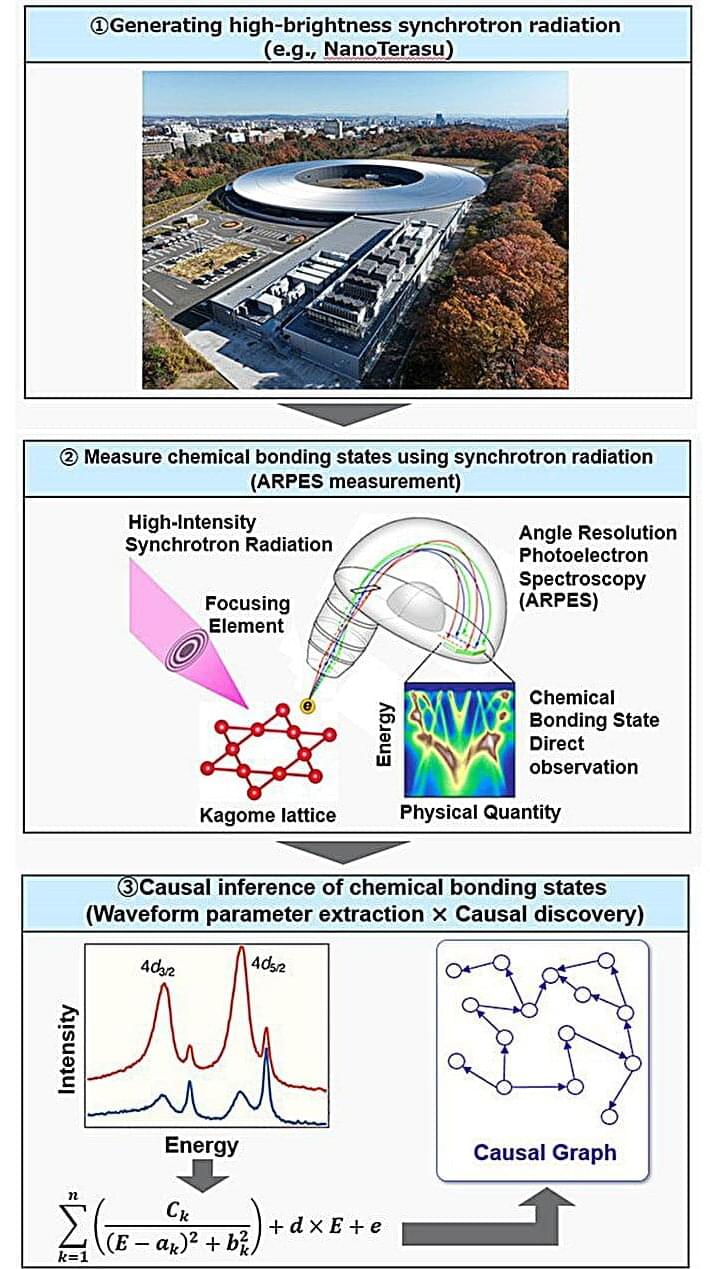Researchers at the ArQuS Laboratory of the University of Trieste (Italy) and the National Institute of Optics of the Italian National Research Council (CNR-INO) have achieved the first imaging of individual trapped cold atoms in Italy, introducing techniques that push single-atom detection into new performance regimes.
By combining intense, microsecond-scale fluorescence pulses with fast re-cooling, the team demonstrated record-speed, low-loss imaging of individual ytterbium atoms—capturing clear single-atom signals in just a few microseconds while keeping more than 99.5% of the atoms trapped and immediately reusable.
This approach allows researchers to distinguish multiple atoms within a single optical tweezer without significant blurring, enabling precise onsite atom counting rather than the binary “zero-or-one” detection typical of existing methods. This capability is key for scaling neutral-atom quantum computers, advancing next-generation atomic clocks, and enhancing quantum simulators that probe complex many-body physics.









